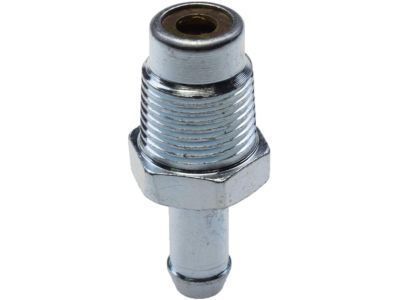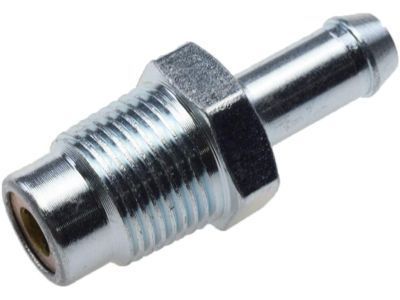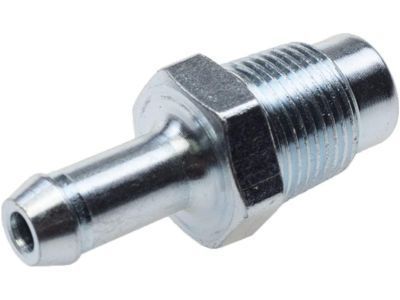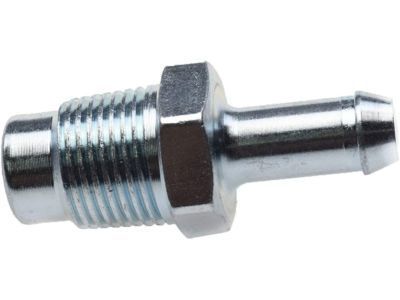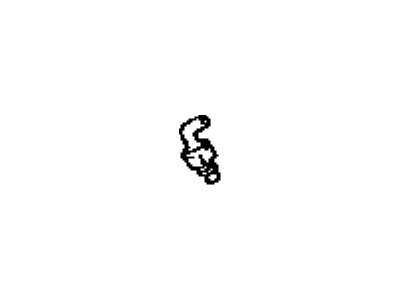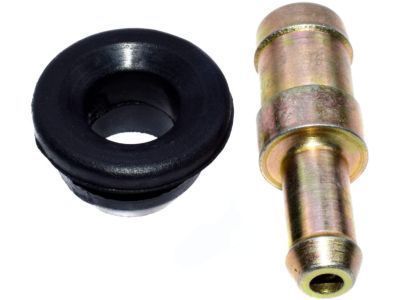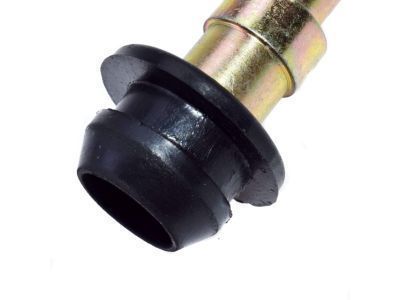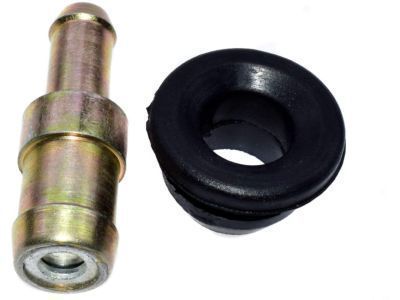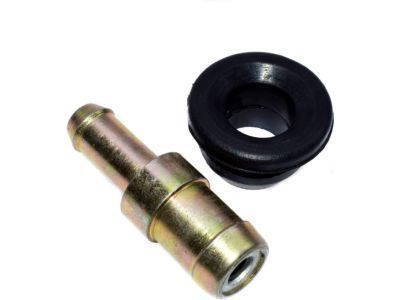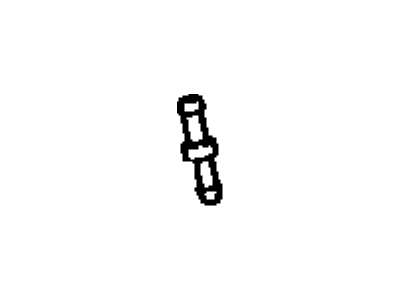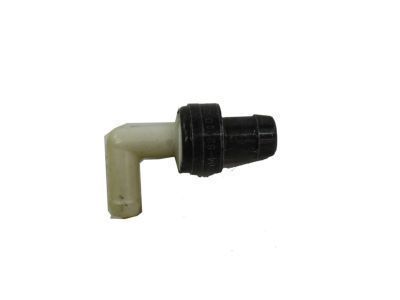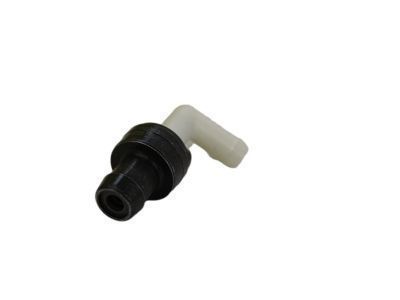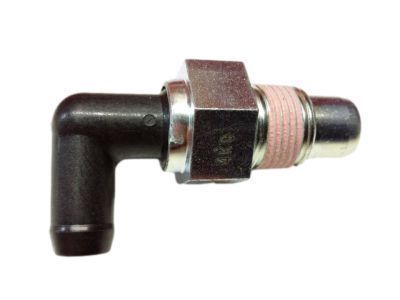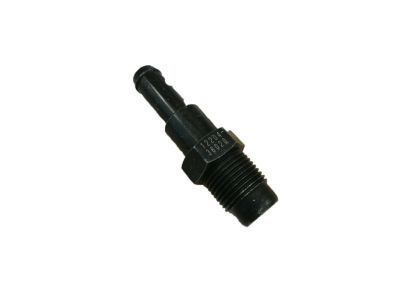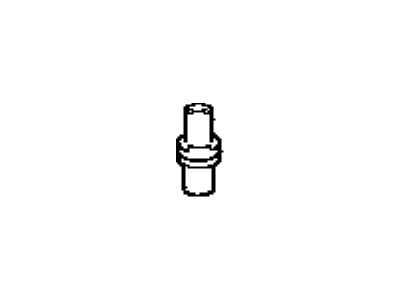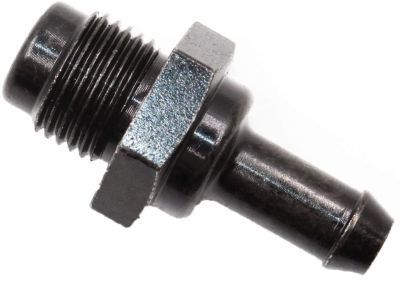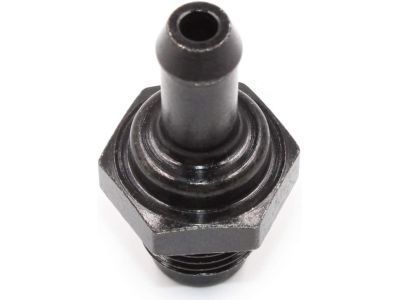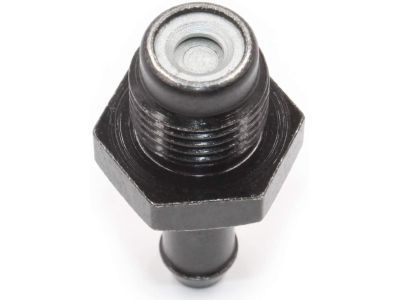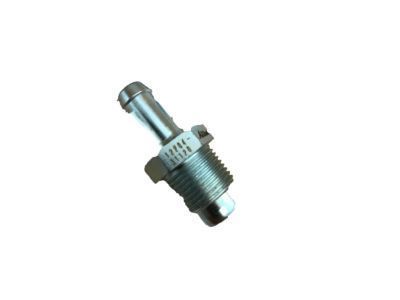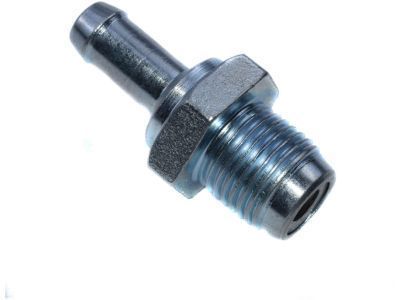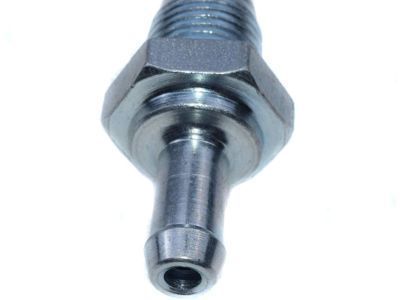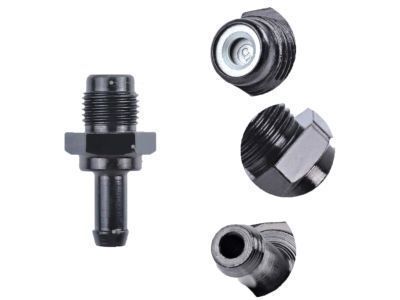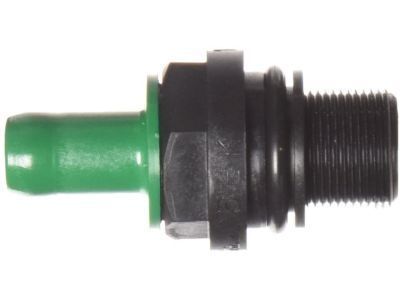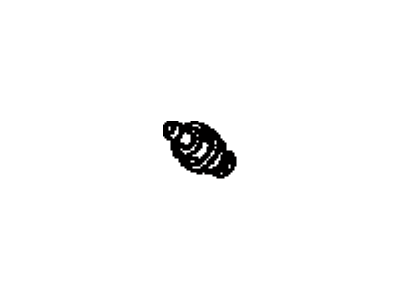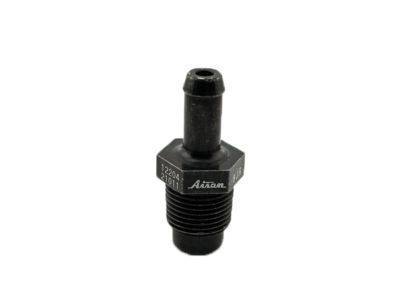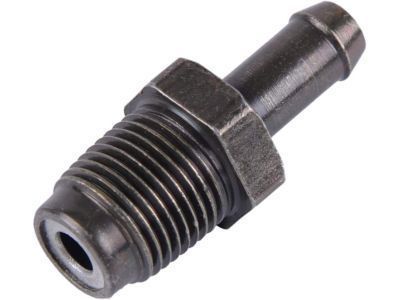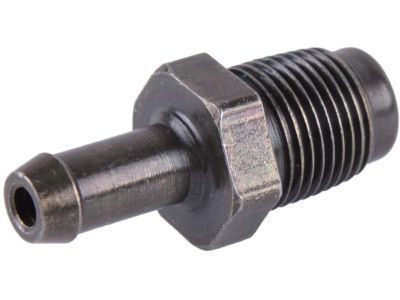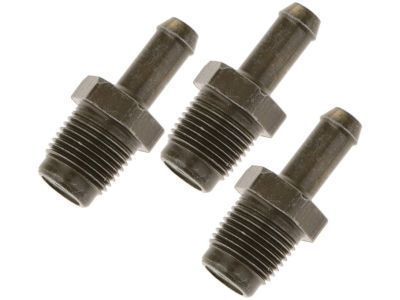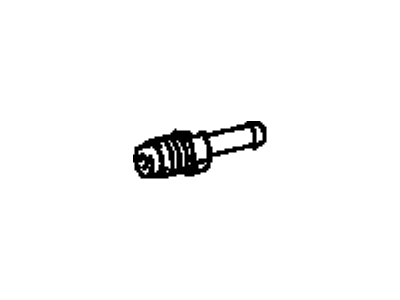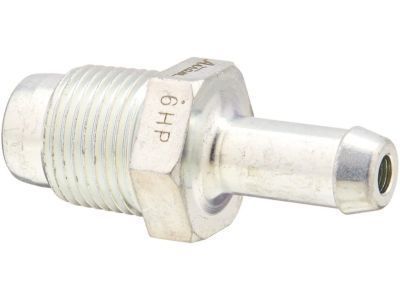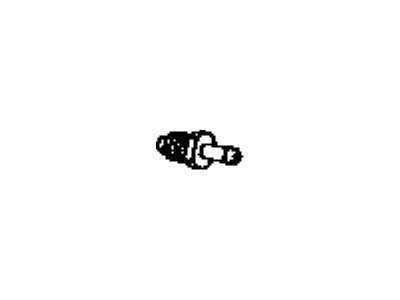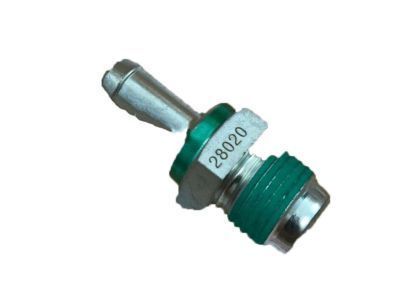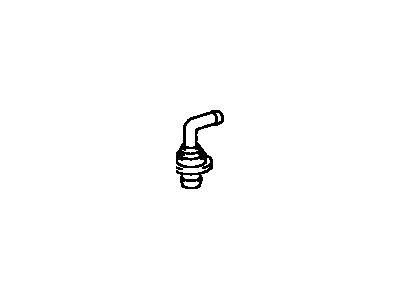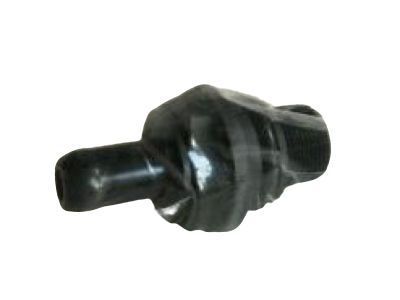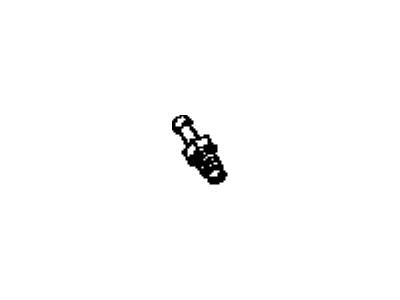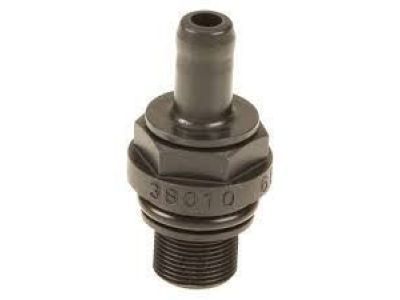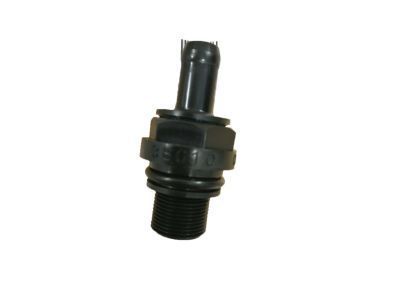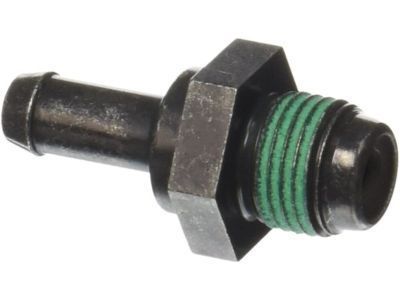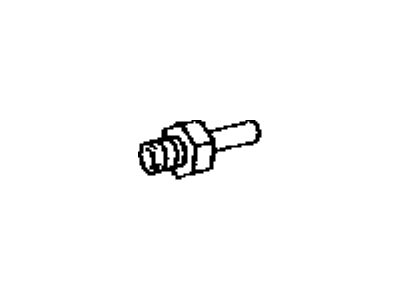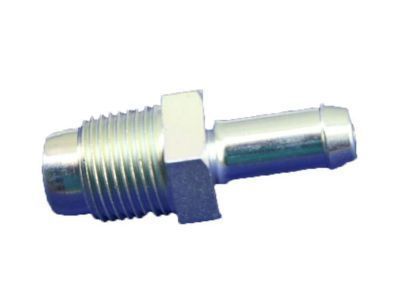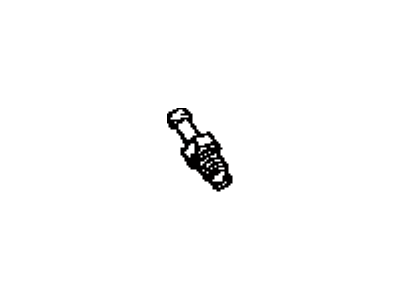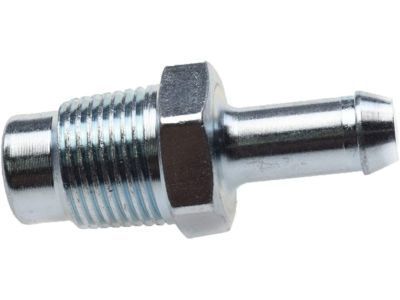

My Garage
My Account
Cart
Genuine Toyota PCV Valve
Position Crank Ventilation Valve- Select Vehicle by Model
- Select Vehicle by VIN
Select Vehicle by Model
orMake
Model
Year
Select Vehicle by VIN
For the most accurate results, select vehicle by your VIN (Vehicle Identification Number).
83 PCV Valves found
Toyota Ventilation Valve Sub-Assembly
Part Number: 12204-31030$6.06 MSRP: $8.46You Save: $2.40 (29%)Ships in 1-3 Business DaysProduct Specifications- Other Name: Valve Sub-Assy, Ventilation; PCV Valve
Toyota Ventilation Valve Sub-Assembly
Part Number: 12204-35040$7.72 MSRP: $10.79You Save: $3.07 (29%)Ships in 1-3 Business DaysProduct Specifications- Other Name: Valve Sub-Assy, Ventilation; PCV Valve
- Replaces: 12204-35040-73, 12204-66010
Toyota Ventilation Valve Sub-Assembly
Part Number: 12204-62010$13.55 MSRP: $18.95You Save: $5.40 (29%)Ships in 1-3 Business DaysProduct Specifications- Other Name: Valve Sub-Assy, Ventilation; PCV Valve
Toyota Ventilation Valve Sub-Assembly
Part Number: 12204-50030$11.89 MSRP: $16.62You Save: $4.73 (29%)Ships in 1-3 Business DaysProduct Specifications- Other Name: Valve Sub-Assy, Ventilation; PCV Valve
Toyota Vent Valve Sub-Assembly
Part Number: 12204-36020$9.98 MSRP: $13.96You Save: $3.98 (29%)Ships in 1-3 Business DaysProduct Specifications- Other Name: Valve Sub-Assy, Ventilation; PCV Valve
Toyota Ventilation Valve Sub-Assembly
Part Number: 12204-37010$6.06 MSRP: $8.46You Save: $2.40 (29%)Ships in 1-3 Business DaysProduct Specifications- Other Name: Valve Sub-Assy, Ventilation; PCV Valve
Toyota Vent Valve Sub-Assembly
Part Number: 12204-31120$6.06 MSRP: $8.46You Save: $2.40 (29%)Ships in 1-3 Business DaysProduct Specifications- Other Name: Valve Sub-Assy, Ventilation; PCV Valve
Toyota Ventilation Valve Sub-Assembly
Part Number: 12204-28030$6.06 MSRP: $8.46You Save: $2.40 (29%)Ships in 1-3 Business DaysProduct Specifications- Other Name: Valve Sub-Assy, Ventilation; PCV Valve
- Replaces: 12204-0H020
Toyota Pcv Valve Sub Assembly Vent
Part Number: 12204-38030$7.60 MSRP: $10.63You Save: $3.03 (29%)Ships in 1-2 Business DaysProduct Specifications- Other Name: Valve Sub Assembly Vent; PCV Valve
Toyota Ventilation Valve Sub-Assembly
Part Number: 12204-21011$13.55 MSRP: $18.95You Save: $5.40 (29%)Ships in 1-3 Business DaysProduct Specifications- Other Name: Valve Sub-Assy, Ventilation; PCV Valve
- Manufacturer Note: MARK 12204-21011
- Replaces: 12204-21010
Toyota Vent Valve Sub-Assembly
Part Number: 12204-31110$6.06 MSRP: $8.46You Save: $2.40 (29%)Ships in 1-3 Business DaysProduct Specifications- Other Name: Valve Sub-Assy, Ventilation; PCV Valve
Toyota Ventilation Valve Sub-Assembly
Part Number: 12204-28020$6.77 MSRP: $9.46You Save: $2.69 (29%)Ships in 1-3 Business DaysProduct Specifications- Other Name: Valve Sub-Assy, Ventilation; PCV Valve
Toyota Vent Valve Sub-Assembly
Part Number: 12204-0P020$7.60 MSRP: $10.63You Save: $3.03 (29%)Ships in 1-3 Business DaysProduct Specifications- Other Name: Valve Sub-Assy, Ventilation; PCV Valve
Toyota Ventilation Valve Sub-Assembly
Part Number: 12204-38010$7.60 MSRP: $10.63You Save: $3.03 (29%)Ships in 1-3 Business DaysProduct Specifications- Other Name: Valve Sub-Assy, Ventilation; PCV Valve
Toyota Ventilation Valve Sub-Assembly
Part Number: 12204-22041$7.60 MSRP: $10.63You Save: $3.03 (29%)Ships in 1-3 Business DaysProduct Specifications- Other Name: Valve Sub-Assy, Ventilation; PCV Valve
- Manufacturer Note: MARK 22041
- Replaces: 12204-22040
Toyota Ventilation Valve Sub-Assembly
Part Number: 12204-50020$7.72 MSRP: $10.79You Save: $3.07 (29%)Ships in 1-3 Business DaysProduct Specifications- Other Name: Valve Sub-Assy, Ventilation; PCV Valve
Toyota Ventilation Valve Sub-Assembly
Part Number: 12204-31040$6.06 MSRP: $8.46You Save: $2.40 (29%)Ships in 1-3 Business DaysProduct Specifications- Other Name: Valve Sub-Assy, Ventilation; PCV Valve
Toyota Ventilation Valve Sub-Assembly
Part Number: 12204-20040$7.60 MSRP: $10.63You Save: $3.03 (29%)Ships in 1-3 Business DaysProduct Specifications- Other Name: Valve Sub-Assy, Ventilation; PCV Valve
- Manufacturer Note: TYPE B:REFER TO ILLUSTRATION
Toyota Ventilation Valve Sub-Assembly
Part Number: 12204-22051$6.77 MSRP: $9.46You Save: $2.69 (29%)Product Specifications- Other Name: Valve Sub-Assy, Ventilation; PCV Valve, Vent Valve
- Manufacturer Note: MARK 22051
- Replaces: 12204-22050
Toyota Ventilation Valve Sub-Assembly
Part Number: 12204-75020$7.72 MSRP: $10.79You Save: $3.07 (29%)Ships in 1-3 Business DaysProduct Specifications- Other Name: Valve Sub-Assy, Ventilation; PCV Valve
| Page 1 of 5 |Next >
1-20 of 83 Results
Toyota PCV Valve Parts Questions & Experts Answers
- Q: Where are the PCV valve and hose located on Toyota Camry?A:The PCV valve and hose are located in the valve cover on all models except 2010 and later four-cylinder models. On 2010 and later four-cylinder models, the PCV valve and hose are located on the back side of the engine underneath the intake manifold. The intake manifold must be removed to replace the PCV valve or hose. Disconnect the hose, unscrew the PCV valve from the cover, then reconnect the hose. With the engine idling at normal operating temperature, place your finger over the valve opening. If there's no vacuum at the valve, check for a plugged hose or valve. Replace any plugged or deteriorated hoses. Turn off the engine. Remove the PCV valve from the hose. Blow through the valve from the valve cover (cylinder head) end. If air will not pass through the valve in this direction, replace it with a new one. When purchasing a replacement PCV valve, make sure it's for your particular vehicle and engine size. Compare the old valve with the new one to make sure they're the same.
- Q: How to Check and Replace the PCV Valve and Hose on 2002 through 2006 Toyota Avalon?A:The PCV valve and hose are in the valve cover. Disconnect the hose and remove the valve for testing. Test for vacuum at the valve opening while the engine idles. If there's no vacuum, check for a blocked hose or valve and replace if necessary. Blow through the PCV valve from the cylinder head end. If air doesn't pass, replace the valve. Ensure a new valve matches your vehicle and engine size.
- Q: How to replace PCV Valve on 2005 through 2009 Toyota Tacoma?A:The Positive Crankcase Ventilation (PCV) system reduces hydrocarbon emissions by scavenging crankcase vapors, circulating fresh air from the air cleaner through the crankcase to mix with blow-by gases before being drawn through a PCV valve into the intake manifold. This system includes the PCV valve and two hoses: one connects the air filter housing to the crankcase, while the other connects the crankcase to the intake manifold. On V6 models, the fresh air inlet hose connects the right valve cover to the air filter housing, with the PCV valve located at the rear of the left valve cover. For four-cylinder models, the fresh air inlet hose connects the intake air connector to a pipe on the valve cover, with the PCV valve at the right rear corner. The PCV valve restricts flow to maintain idle quality when intake manifold vacuum is high, allowing excessive blow-by gases to flow back into the air cleaner under abnormal conditions. There is no scheduled inspection interval for the PCV valve or hoses, but efficiency may decline over time due to sludge buildup, leading to symptoms like leaking seals. During oil changes or other maintenance, it's advisable to inspect and clean the PCV hoses, replacing any that are cracked or deteriorated. For V6 models, detach the PCV hose from the valve and unscrew the valve from the left valve cover, inspecting and cleaning or replacing it as necessary. For four-cylinder models, detach the PCV hose and unscrew the valve from the valve cover, similarly inspecting and addressing any issues with the hoses and valve. Installation follows the reverse order of removal.
Related Toyota Parts
Browse by Model
4Runner PCV Valve 86 PCV Valve Avalon PCV Valve C-HR PCV Valve Camry PCV Valve Celica PCV Valve Corolla Cross PCV Valve Corolla PCV Valve Corolla iM PCV Valve Corona PCV Valve Cressida PCV Valve Crown PCV Valve Echo PCV Valve FJ Cruiser PCV Valve GR Corolla PCV Valve GR86 PCV Valve Grand Highlander PCV Valve Highlander PCV Valve Land Cruiser PCV Valve MR2 PCV Valve MR2 Spyder PCV Valve Matrix PCV Valve Paseo PCV Valve Pickup PCV Valve Previa PCV Valve Prius AWD-e PCV Valve Prius C PCV Valve Prius PCV Valve Prius Prime PCV Valve Prius V PCV Valve RAV4 PCV Valve RAV4 Prime PCV Valve Sequoia PCV Valve Sienna PCV Valve Solara PCV Valve Starlet PCV Valve Supra PCV Valve T100 PCV Valve Tacoma PCV Valve Tercel PCV Valve Tundra PCV Valve Van PCV Valve Venza PCV Valve Yaris PCV Valve Yaris iA PCV Valve
